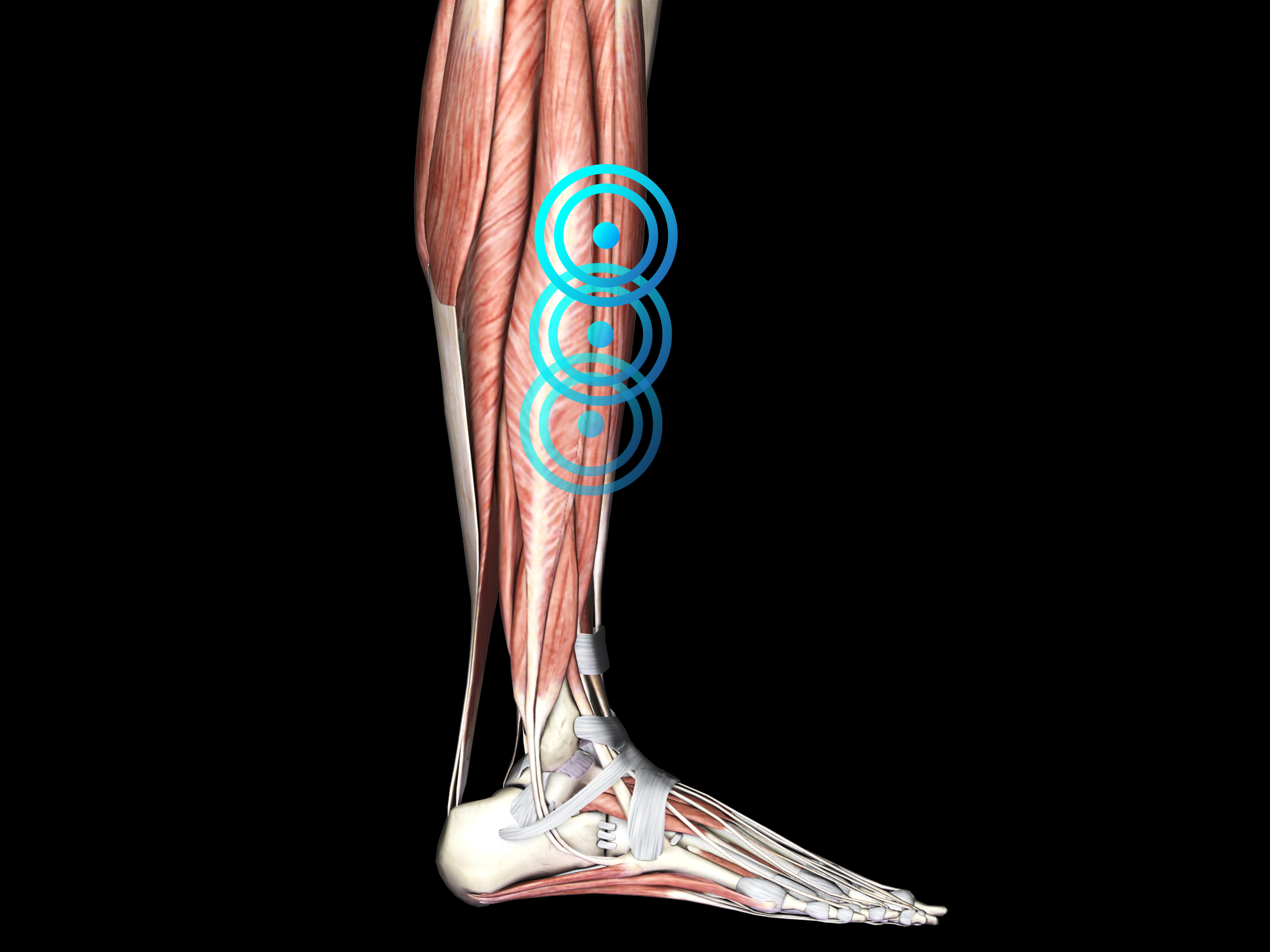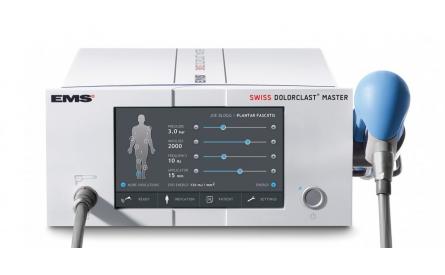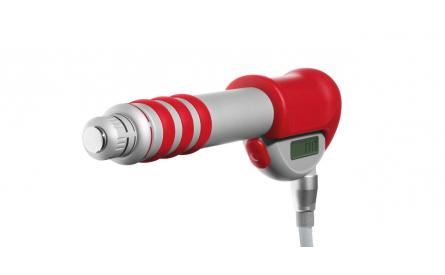
Medial tibial stress syndrome
Pathology
The condition is one of the most common causes of exertional leg pain in athletes, and usually presents as diffuse pain of the lower extremity, along the middle-distal tibia associated with exertion. Early courses of MTSS are characterized by pain that
- Gets worse at the beginning of exercise,
- Gradually subsides during training, and
- Stops within minutes after exercise.
Later, pain may present with less activity and may even occur at rest.
Diagnosis is based on the clinical features of the disease. Diagnostic imaging should be considered to rule out other causes of exertional leg pain or to establish the diagnosis of MTSS when in doubt.

Training errors (“too much, too fast”) appear to be the most common factors involved in MTSS.
The condition is most often found in runners, soccer and basketball players, and in dancers. Notably, MTSS is almost always associated with biomechanical abnormalities of the lower extremity including knee abnormalities, tibial torsion, femoral anteversion, foot arch abnormalities, or a leg-length discrepancy.
However, improper footwear (including worn-out shoes) can also contribute to shin splints. A variety of tibial stress injuries can be involved in MTSS including tendinopathy, periostitis, and dysfunction of the tibialis posterior, tibialis anterior and soleus muscles. Women appear to be more affected than men and have an approximately threefold risk for progression to stress fractures.
The treatment of MTTS should start with rest and ice in the acute phase, followed by low-impact and cross-training exercises during rehabilitation and a modified training program (decreased intensity, frequency, and duration, regular stretching and strengthening exercises, wearing proper-fitting shoes with good shock absorption). Orthotics, manual therapy, injections, and acupuncture may also help to alleviate the symptoms.
Patients not responding to conservative treatment for six months should then undergo radial shock wave therapy for medial tibial stress syndrome treatment.
Surgery should also be considered for recalcitrant cases of MTSS.
Side effects of Radial Shock Wave Therapy (RSWT) using the Swiss DolorClast®.
When performed properly, RSWT with the Swiss DolorClast® has only minimal risks. Typical device-related non-serious adverse events are:
- Pain and discomfort during and after treatment (anaesthesia is not necessary)
- Reddening of the skin
- Petechia
- Swelling and numbness of the skin over the treatment area
These device-related non-serious adverse events usually disappear within 36h after the treatment.
Treatment Procedure
Locate the area of pain through palpation and biofeedback.
Mark the area of pain.
Apply coupling gel to transmit shock waves to the tissue.
Deliver Radial or Focused Shock Waves to the area of pain while keeping the applicator firmly in place on the skin.


